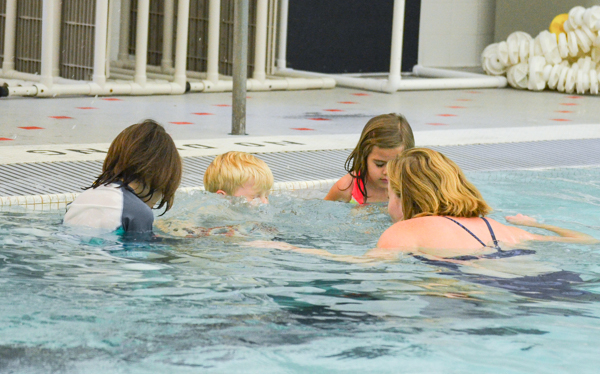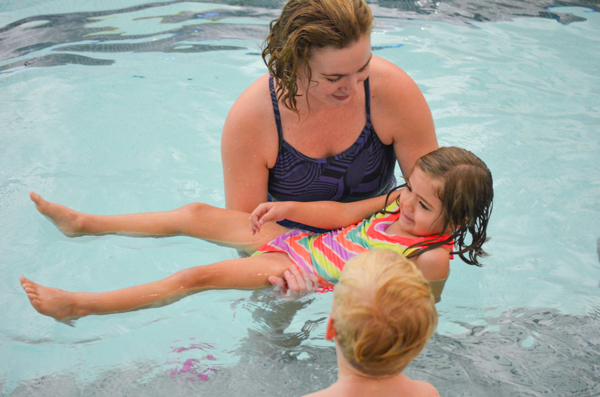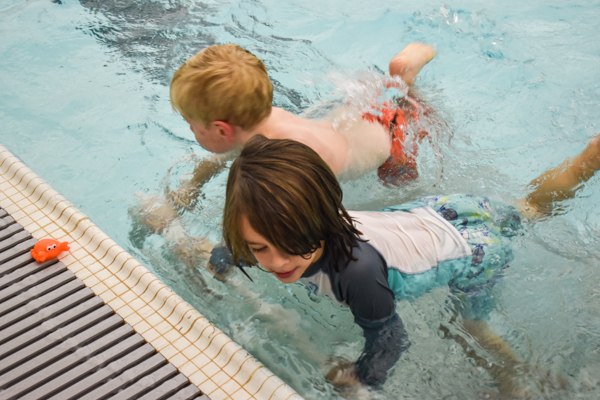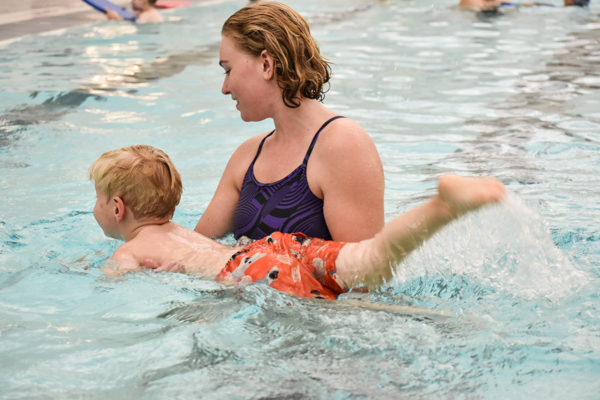April 23, 2018
3 Basic Swim Skills your Preschooler Should Know
At three years old, the real work of learning to swim begins. In lessons at this age, your preschooler is starting to tackle the core skills of swimming. They are also beginning to learn more independently, in the pool without you or other guardians for the first time (but don’t worry, you won’t be more than a few steps away!). This is a fun time for little swimmers. There is plenty of splashing, laughing and pool toys to play with. Amid the organized chaos and fun though, there are three basic swim skills that your preschooler should be mastering.

Skill 1: Putting Face Into/Under the Water
Skill Description: Placing mouth, eyes, nose, ears into the water
Why is this skill important? This skill builds on the foundation of your preschooler’s ability to get their face wet/splashed. Now, they learn to voluntarily put their face into the water. The earlier they begin to work on this ability, the easier it tends to be to master. This skill prepares them for learning in higher swim lesson levels, where getting their face fully underwater will often be necessary.

Skill 2: Floating
Skill Description: positioning the body so that the upper chest and head are out of the water, or above water level
Why is this skill important? Being able to float is a foundational skill for later learning, but more importantly, it is a lifesaving skill. In fact, this is one of the most important swim skills to learn at any age. If your preschooler only ever learns to float, in an emergency situation they will be able to float until help arrives.


Skill 3: Kicking
Skill Description: Alternate kicking action; rudimentary flutter or bicycle action
Why is this skill important? Alternating leg action is one of the most important and foundational means of propelling the body forward in the water while swimming. The legs are the power force in most strokes.
Preschool level swim classes are usually small, with only 4 students to each teacher. Expect to see a lot of giggling, splashing and playing mixed in with learning! Is your little one ready to start mastering these important swim skills?
BACK TO ALL
Comments
The comments are closed.
There aren't currently any comments on this blog entry.